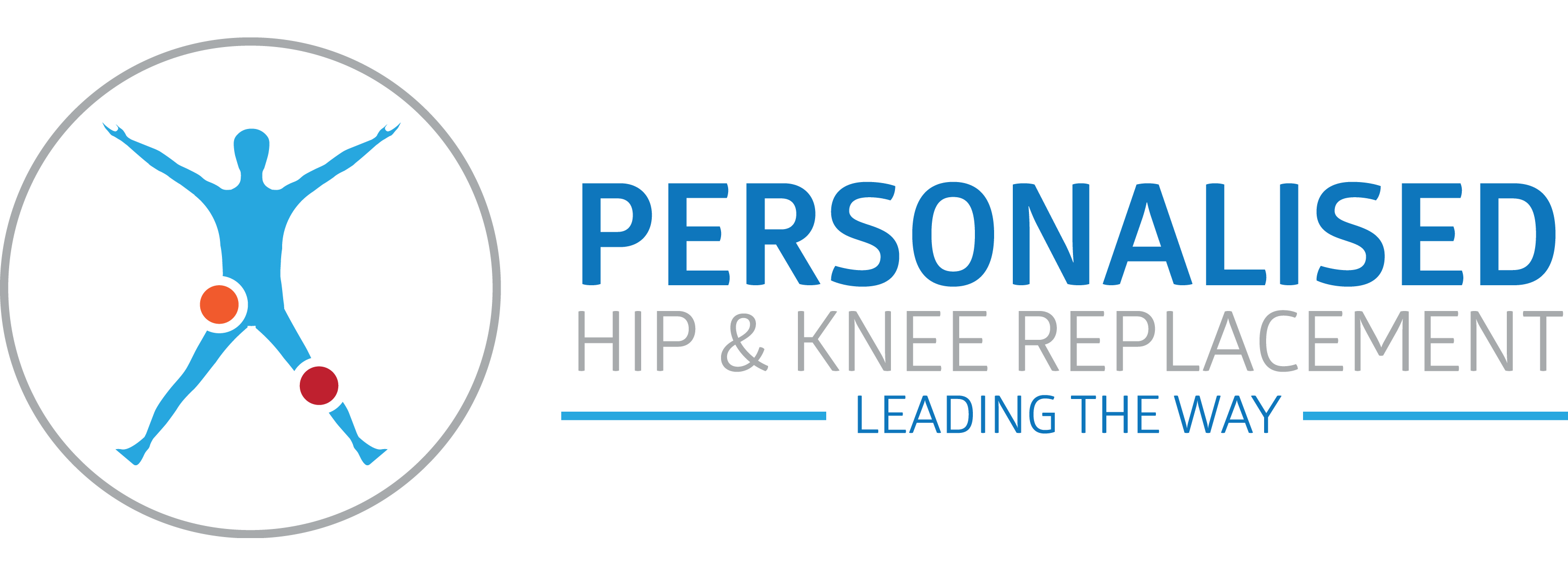Realignment osteotomy
The knee is composed of 3 articular compartments, namely femoro-tibial (medial and lateral) and femoro-patellar. Because osteoarthritis is the result of a localised articular surface overload, knee osteoarthritis usually starts in only one of those compartments. By unloading the degenerated compartment, osteotomy around the knee (mainly proximal tibia, but also sometimes distal femoral or tibial tuberosity) has been a way to alleviate arthritic knee pain and postpone (by 10 years on average) the total knee replacement (TKR). However, once the benefit of this osteotomy is over, the patient has to undertake a complex TKR with unpredictable outcomes.
Charles will perform such an osteotomy only if you are a young patient (<40y) doing a lot of sports activity. as a matter of fact, excessive use of an implant could lead to accelerated wear, early implant loosening, and then lead to premature revision. If you are not eligible to an osteotomy, then you’ll probably more benefit from a uni-compartmental knee replacement (UKR or UKA), which is a partial knee replacement of the only one worn out compartment. Indeed, UKR is likely to alleviate your knee pain for a longer period of time (than osteotomy), and failure of the UKR will lead to a usually simple TKR with more predictable outcomes. Because Charles’ favourite technique for TKR is ‘kinematic alignment’, conversion of UKR to a TKR is made easier.



